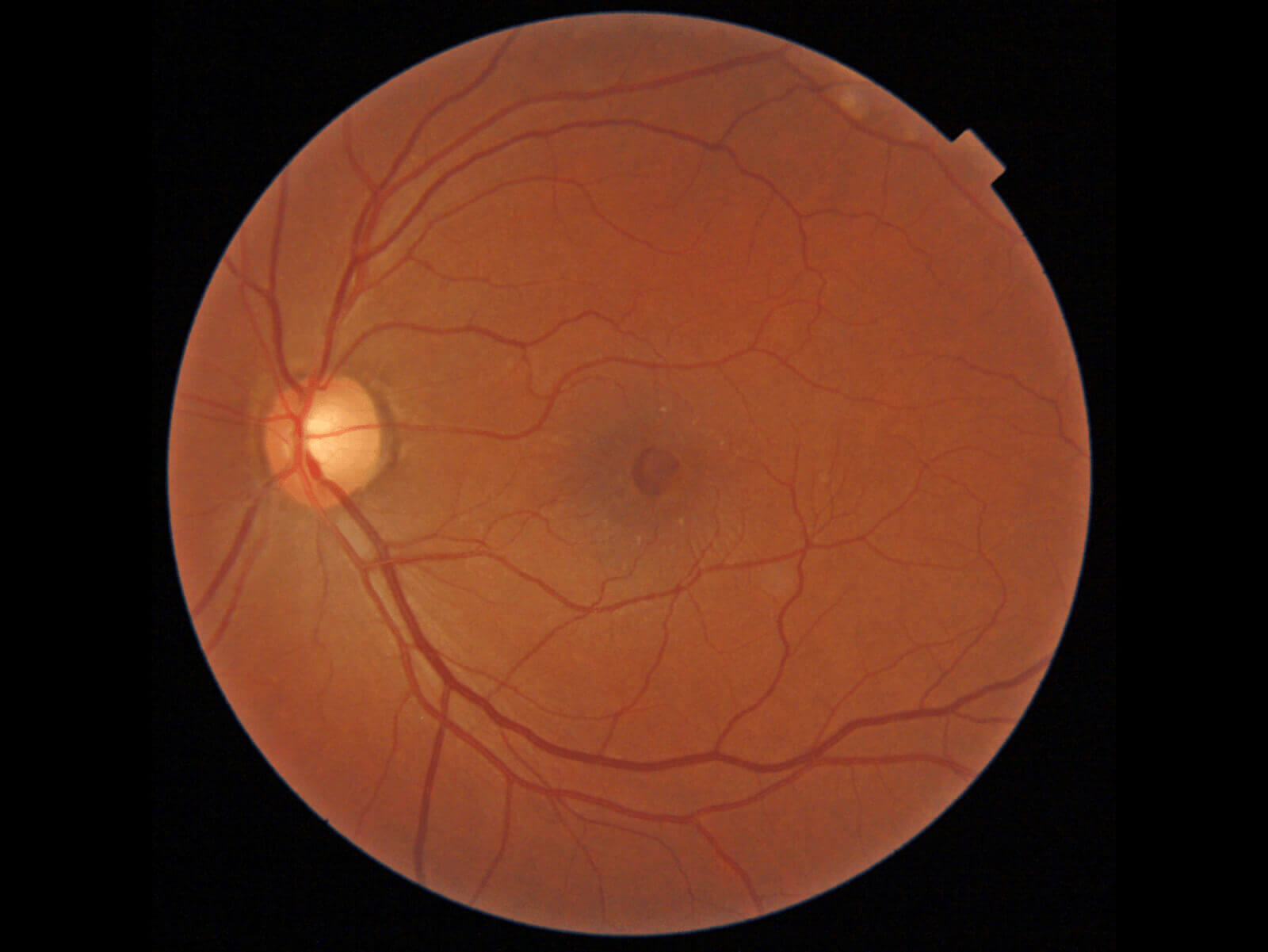Understanding the Causes of Distorted or Blurred Central Vision
If you’ve been noticing that your central vision seems a bit off, maybe it’s looking distorted, wavy, or even slightly blurred, even when you’re wearing glasses. You might be dealing with symptoms of an epiretinal membrane (ERM). Sometimes called a macular pucker, an ERM is when a thin, fibrous layer forms on the surface of the retina, right over the macula. While it’s often mild, it can impact the detailed vision we rely on for reading, driving, or recognising faces.
At London Eye & Retina, we provide thorough care for epiretinal membranes, helping you maintain and enhance your vision where it counts the most.
What is an Epiretinal Membrane (ERM)?
An epiretinal membrane is a layer of scar-like tissue that forms on the macula, which is the part of the retina that gives us sharp central vision. As this layer contracts or thickens, it can cause the retina underneath to wrinkle or distort, leading to visual symptoms.
ERM can affect one or both eyes and is more frequently seen in individuals over 50. In most cases, it develops slowly and might not impact vision right away.
What Causes ERM?
Most cases are age-related and occur without a clear trigger (idiopathic). However, ERM can also develop the following:
- Retinal tears or detachment
- Diabetic retinopathy
- Inflammation inside the eye (uveitis)
- Eye trauma or previous eye surgery
- Retinal vein occlusion
These events may lead to cell migration and scar tissue formation on the retinal surface.
Symptoms of ERM
Symptoms depend on the thickness and tension of the membrane. Common signs include:
- Blurred or hazy central vision
- Straight lines appearing wavy or bent (metamorphopsia)
- Difficulty reading or recognising faces
- A grey or smudged spot in the centre of vision
- Reduced contrast sensitivity
Peripheral vision typically remains unaffected.
How Is ERM Diagnosed?
Diagnosis involves a thorough eye examination with the aid of imaging technologies such as:
- Optical Coherence Tomography (OCT): Provides detailed cross-sectional images of the retina to confirm the presence and severity of the membrane
- Fundus photography: To document retinal changes
- Visual acuity testing and grid tests: To assess distortion and central vision
When Is Treatment Needed?
Mild ERM may not require treatment and can be monitored regularly if vision remains stable. However, surgery is recommended when:
- Vision loss interferes with daily activities.
- There is significant distortion or blurring.
- The membrane is progressing or affecting both eyes.
Vitrectomy Surgery for ERM
Treatment typically involves a procedure called pars plana vitrectomy, where the surgeon removes the vitreous gel and gently peels away the epiretinal membrane from the retina. This is usually done as a day surgery under local anaesthesia.
You can expect your vision to improve gradually over the weeks and months following the surgery, although some distortion might linger in more chronic cases.
Supporting You Through Every Step
Living with an epiretinal membrane (ERM) can be rather frustrating, but remember, you’re not in this alone. At London Eye & Retina, our dedicated team is here to provide accurate diagnoses, timely interventions, and personalised aftercare to help you achieve your vision goals.
Schedule a consultation with Dr. James Ng at London Eye & Retina and explore your options for clearer, sharper sight.
Let us help you restore focus and clarity to your central vision.


